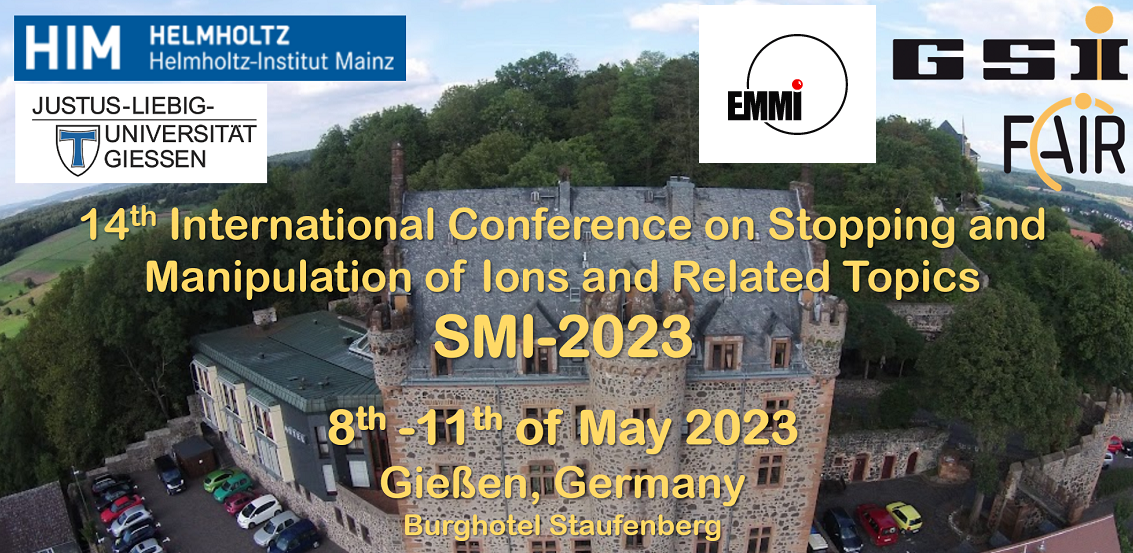Sprecher
Beschreibung
Investigating the boundaries of the nuclear chart and understanding the structure of the heaviest elements are at the forefront of nuclear physics. The existence of the superheavy nuclei is intimately linked to nuclear shell e?ects which counterpart Coulomb repulsion and therefore hinder spontaneous ?ssion. Moreover, heavy and superheavy nuclides feature of-ten metastable excited states with half- lives that can exceed the one of the ground state.
Long-lived isomeric states can have excitation energies of only few tens of keV or below, therefore their identi?cation is challenging, especially in decay-based measurements. On the other hand, Penning trap mass spectrometry can provide su?cient resolving power to allow the separation of isomeric states when they are populated in the same reaction as theground state. Direct high-precision mass measurements provide also indispensable knowledge on binding energies, shell strength and yield important anchor-points on α-decay chains, constraining absolute mass values of the more exotic heaviest nuclei.
The SHIPTRAP spectrometer at GSI Darmstadt, Germany has shown that direct high-
precision mass measurements of 102No and 103Lr isotopes around the deformed shell closure N = 152 are feasible. Thanks to several improvements in the ion preparation with the implementation of a second-generation gas-stopping cell operating at cryogenic temperatures and the development of the Phase-Imaging Ion-Cyclotron-Resonance (PI-ICR) technique which boosts the sensitivity of mass measurements, the investigation of 251No, 254Lr and the superheavy nuclides 257Rf and 258Db were performed in the latest experimental campaigns with rates down to one detected ion per day.
Despite lowest rates, the PI-ICR technique allowed operating with a mass resolving powers of up to 107 and accurately determining the excitation energies of the 251m,254mNo, 254m,255mLr, and 257mRf isomeric states which had
previously been derived only indirectly via decay spectroscopy. The overall e?ciency of the setup have been improved and its stability over extended measurement times tested.
In this contribution an overview of the technical developments and the recent experimental campaigns will be presented.

